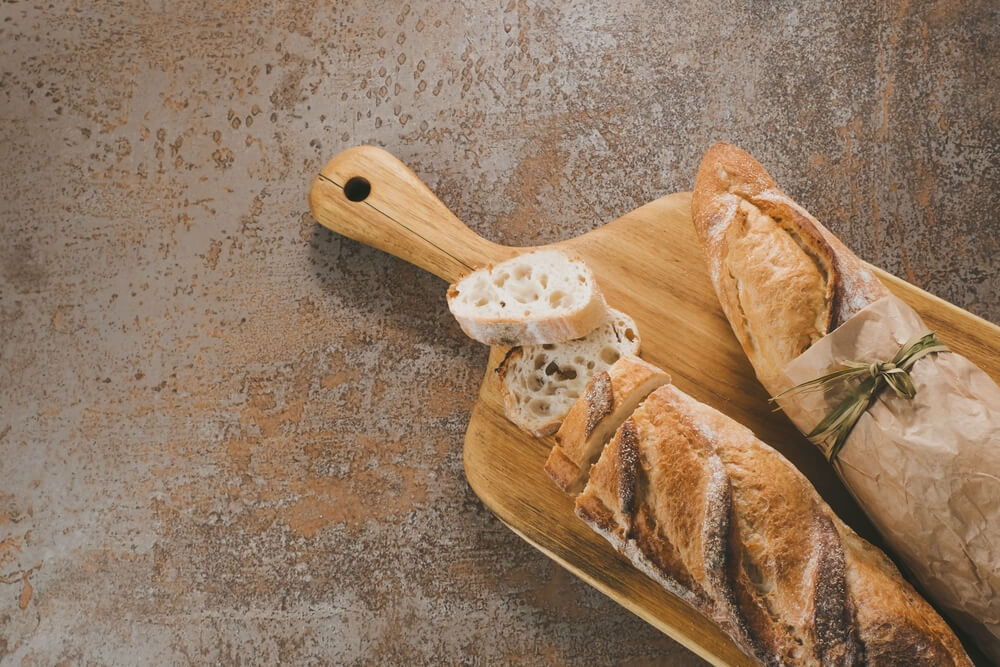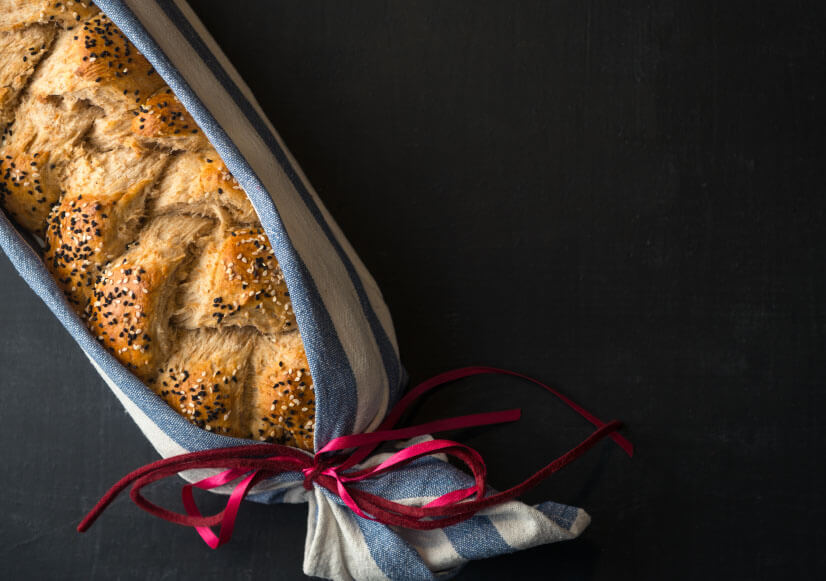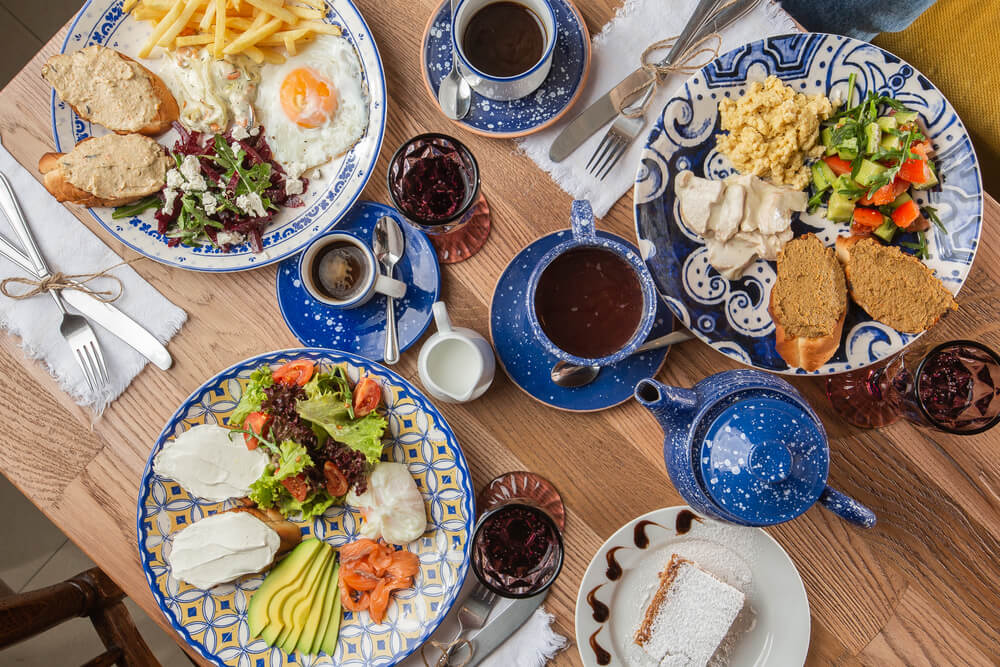What is Sourdough Starter and How Does It Work?
When you bake bread at home from scratch, you can typically make the dough in a matter of minutes: just add flour, water, yeast, salt, and anything other ingredients, then mix it until the dough forms. Sourdough, however, is different. To make delicious sourdough from scratch, you first need to make a sourdough starter.
It’s an extra multi-day step in the breadmaking process compared to other types of bread, but if you love the savory, unmistakable taste of sourdough, you already know it’s well worth the extra effort.
Here’s what you need to know about making a sourdough starter at home:
What is a Sourdough Starter?
Sourdough is a unique bread type that balances art and science. When made correctly, it looks and tastes unlike any other type of bread, and that’s because it begins with a starter.
A sourdough starter is what makes sourdough bread rise, unlike other types of bread that use active dry yeast. It’s a fermented dough that contains lots of lactobacilli, a type of good-for-you bacteria. The starter ferments over the course of several days until it’s ready to be used to make sourdough bread.
How Does a Sourdough Starter Work?
When you first create a sourdough starter, all you need is cool water and flour. These ingredients are mixed together and stored in a covered jar. Over the course of a few days, you’ll need to “feed” your starter with white all-purpose flour. This is how the lactobacilli grow and thrive and make sourdough so good for you!
When done correctly, you can use your sourdough starter for a variety of yummy foods, including pizza crust, sandwich bread, cookies, muffins, pancakes, and waffles, to name a few.
How to Make a Sourdough Starter at Home
Your pantry likely houses most of the baking tools and ingredients needed to make a sourdough starter already. The most important thing, however, is patience. A sourdough starter needs several days to prime itself for baking. Follow the recipe below to create a simple sourdough starter from home so you can start enjoying the delicious benefits for yourself!
| Day | Ingredients | Grams | Actions |
| 1 |
Wholemeal Rye Flour White Flour Water |
150g 150g 300g |
Mix well all ingredients together and cover the bowl with a kitchen towel. Allow the "Mother" to ferment for 24hours. |
| 2-1 |
"Mother" from Day 1 White Flour Water |
200g 200g 200g |
Mix all ingredients until well combined. Let the "Mother" ferment 12 hours. |
| 2-2 |
"Mother" from 2-1 White Flour Water |
200g 200g 200g |
Mix all ingredients until well combined. Let the "Mother" ferment 12 hours.
|
| 3-1 |
"Mother" from 2-2 White Flour Water |
200g 200g 200g |
Mix all ingredients until well combined. Let the "Mother" ferment 12 hours. |
| 3-2 |
"Mother" from 3-1 White Flour Water |
200g 200g 200g |
Mix all ingredients until well combined. Let the "Mother" ferment 12 hours. |
| 4-1 |
"Mother" from 3-2 White Flour Water |
200g 200g 200g |
Mix all ingredients until well combined. Let the "Mother" ferment 12 hours.
|
| 4-2 |
"Mother" from 4-1 White Flour Water |
200g 200g 200g |
Mix all ingredients until well combined. Let the "Mother" ferment 12 hours.
|
| 5-1 |
"Mother" from 4-2 White Flour Water |
200g 200g 200g |
Mix all ingredients until well combined. Let the "Mother" ferment 12 hours.
|
| 5-2 |
"Mother" from 5-1 White Flour Water |
200g 200g 200g |
Mix all ingredients until well combined. Let the "Mother" ferment 12 hours. |
When you can see the bubbles all the way through your starter and have a pleasant fermented sour smell, then your starter is ready to work!
Banneton Man's Tips:
#1. 25℃ is the recommended water temperature to encourage the activeness of the organic matter in the starter.
#2. 26℃ is the recommended room temperature to encourage the fermentation. If fermented at a cooler temperature, the starter will become more acidic.
#3. Bottle water is a better choice when it comes to feeding your starter, because the chemical residue in tap water may kill the active organic matter in the starter. If you choose to use tap water, leave the water uncovered in a container for at least 4 hours so the chlorine can dissipate.
#4. Always use the dry and clean cutlery to whisk the starter.
#5. Using organic flour to feed your starter could be a better choice because the organic flour encourages stronger enzyme activity.





